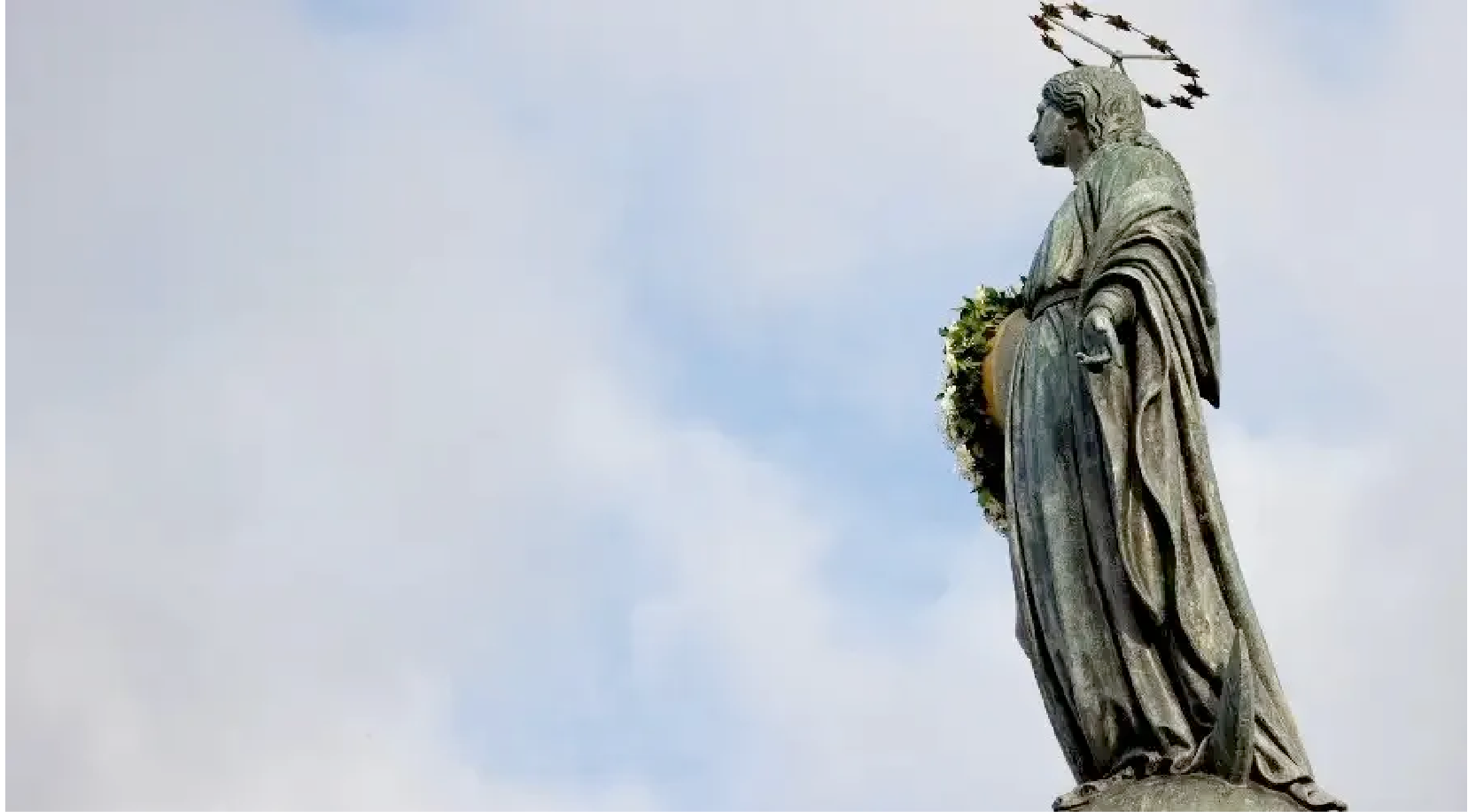(ZENIT News / Vatican City, 17.05.2024).- Presented in a news conference at midday on Friday, May 17, was a new document of the Dicastery for the Doctrine of the Faith, with “Norms to Proceed in the Discernment of Alleged Supernatural Phenomena.” The document does not focus on alleged Marian apparitions, although it includes them.
The document is born from the need of clear procedures, not included in preceding Norms that go back to Pope Paul VI. As Cardinal Victor Fernández pointed out, in a presentation also published by ZENIT, the new Norms provide “a different procedure in regard to that of the past, but also richer, with six possible prudential conclusions that can guide pastoral work in regard to events of alleged supernatural origin. The proposal of these six final decisions enables the Dicastery and the Bishops to address appropriately the problems of cases that are very different from each other of which we are aware.”
The following are the six decisions, taken from the new Norms, from nos. 17 to 22.
1)Nihil obstat
Without expressing any certainty about the ]supernatural authenticity of the phenomenon itself, many signs of the action of the Holy Spirit are acknowledged “in the midst” of a given spiritual experience, and no aspects that are particularly critical or risky have been detected, at least so far. For this reason, the Diocesan Bishop is encouraged to appreciate the pastoral value of this spiritual proposal, and even to promote its spread, including possibly through pilgrimages to a sacred site.
2) Prae oculis habeatur
Although important positive signs are recognized, some aspects of confusion or potential risks are also perceived that require the Diocesan Bishop to engage in a careful discernment and dialogue with the recipients of a given spiritual experience. If there were writings or messages, doctrinal clarification might be necessary.
3) Curatur
While various or significant critical elements are noted, at the same time, the phenomenon has already spread widely, and there are verifiable spiritual fruits connected to it. In this situation, a ban that could upset the People of God is not recommended. Nevertheless, the Diocesan Bishop is asked not to encourage this phenomenon but to seek out alternative expressions of devotion and possibly reorient its spiritual and pastoral aspects.
4) Sub mandato
In this category, the critical issues are not connected to the phenomenon itself, which is rich in positive elements, but to a person, a family, or a group of people who are misusing it. For instance, the spiritual experience may be exploited for particular and undue financial gain, committing immoral acts, or carrying out a pastoral activity apart from the one already present in the ecclesiastical territory without accepting the instructions of the Diocesan Bishop. In this situation, the pastoral leadership of the specific place where the phenomenon is occurring is entrusted to the Diocesan Bishop (or to another person delegated by the Holy See), who, if unable to intervene directly, will try to reach a reasonable agreement.
5) Prohibetur et obstruatur
While there are legitimate requests and some positive elements, the critical issues and risks associated with this phenomenon appear to be very serious. Therefore, to prevent further confusion or even scandal that could erode the faith of ordinary people, the Dicastery asks the Diocesan Bishop to declare publicly that adherence to this phenomenon is not allowed. At the same time, the Diocesan Bishop is asked to offer a catechesis that can help the faithful understand the reasons for the decision and reorient the legitimate spiritual concerns of that part of the People of God.
6) Declaratio de non supernaturalitate
In this situation, the Dicastery authorizes the Diocesan Bishop to declare that the phenomenon is found to be not supernatural. This decision must be based on facts and evidence that are concrete and proven. For instance, if an alleged visionary admits to having lied or if credible witnesses provide elements of proof that allow one to discover that the phenomenon was based on fabrication, an erroneous intention, or mythomania.
The new Norms establish that, henceforth, “neither the diocesan Bishop, nor the Episcopal Conferences, nor the Dicastery, as a general rule, will declare that these phenomena are of supernatural origin, not even if a Nihil obstat is granted (cf. no. 11). Without prejudice that the Holy Father may authorize a procedure to be carried out in this regard.”
Thank you for reading our content. If you would like to receive ZENIT’s daily e-mail news, you can subscribe for free through this link.



